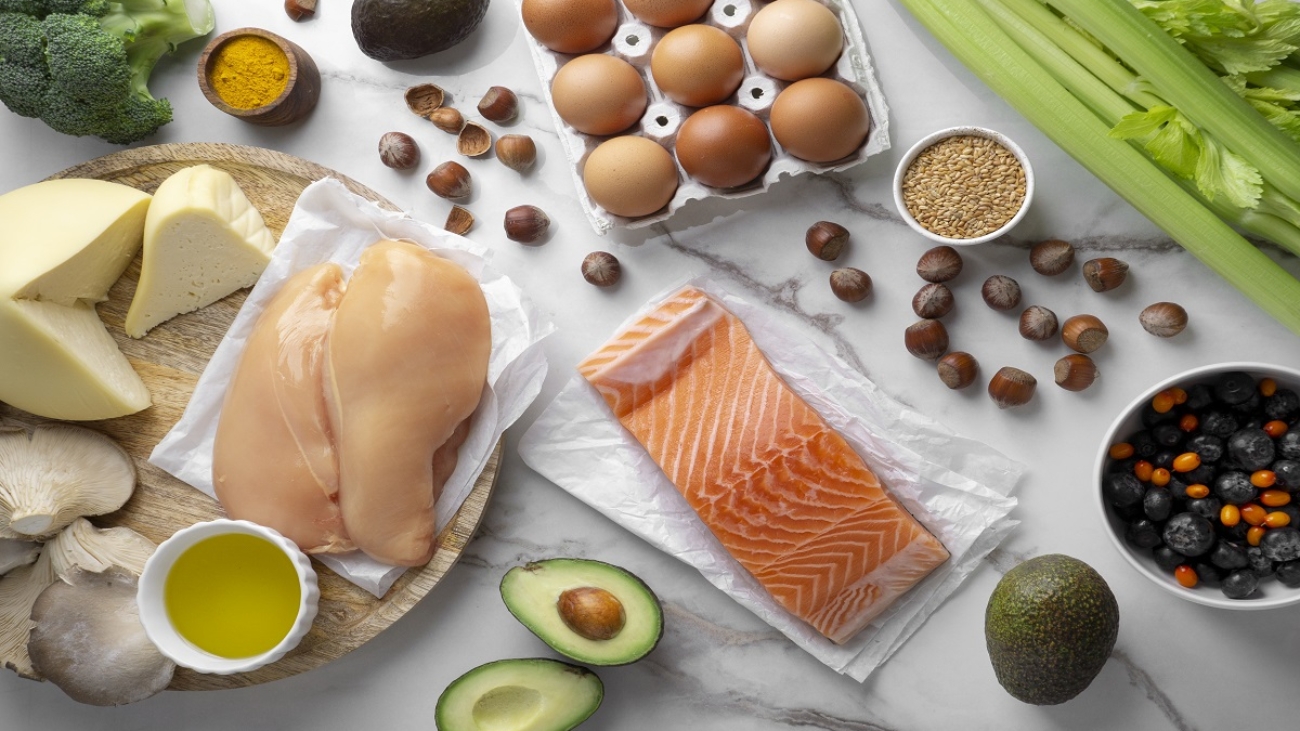Introduction:
The Pathway to Healthy Skin
Building an effective skincare routine is a journey that can lead to radiant and healthy skin. With the right steps and products, you can transform your skin and boost your confidence. Whether you’re new to skincare or looking to refine your routine, this comprehensive guide will walk you through each step, ensuring you build a routine that suits your skin type, addresses your concerns, and helps you achieve your desired goals.
Step 1: Understand Your Skin Type and Needs
Step 2: Set Clear Goals for Your Skin
Having clear goals is essential for tailoring your skincare routine to your unique needs. Do you want to focus on hydration, combat acne, address signs of aging, or achieve an overall healthy glow? Setting specific goals will help you select the right products and treatments that align with your desired outcomes. It’s important to remember that skincare is not a one-size-fits-all approach; customization is key.
Step 3: The Core Steps of a Skincare Routine
Every effective skincare routine is built upon a foundation of core steps that cleanse, nourish, and protect your skin. These steps include cleansing, exfoliating, toning, treating, moisturizing, and sun protection. Cleansing removes impurities, exfoliation promotes cell turnover, toning balances the skin’s pH, treatments target specific concerns, moisturization locks in hydration, and sunscreen shields your skin from UV damage. Each step plays a crucial role in achieving optimal skin health.
Step 4: Tailor Your Routine to Your Needs
Building a customized routine means adapting it to your unique skin requirements. Depending on your skin type and concerns, you may need to emphasize certain steps. For example, those with dry skin might focus more on moisturization, while individuals with oily skin might prioritize proper exfoliation and oil control. The key is to find the right balance of products and steps that work harmoniously for your skin.
Step 5: Choose the Right Products Carefully
Selecting the right products is pivotal to building an effective routine. Research and understand the ingredients that cater to your skin concerns. Look for products with active ingredients like hyaluronic acid for hydration, retinol for anti-aging, and salicylic acid for acne-prone skin. Pay attention to your skin’s reactions and adjust your choices accordingly. Additionally, consider the quality of the products and opt for reputable brands that align with your values.
Step 6: Establish Consistency for Results
Consistency is the secret ingredient in any successful skincare routine. It’s essential to follow your routine diligently and consistently to see noticeable results. Skincare is a long-term commitment that requires patience. Stick to your routine even when you don’t see immediate changes; over time, the cumulative effects will become evident.
Step 7: Seek Professional Guidance When Needed
While building your skincare routine is a rewarding journey, it’s important to know when to seek professional guidance. If you’re dealing with persistent skin issues or concerns that you’re unsure how to address, consulting a dermatologist or skincare professional can provide invaluable insights. They can help you tailor your routine, recommend treatments, and ensure you’re making the best choices for your skin’s health.
Conclusion:
The Art of Personalized Skincare
As you embark on your journey to building an effective skincare routine, remember that it’s a process of discovery and self-care. Understanding your skin, setting clear goals, following core steps, tailoring your routine, choosing the right products, maintaining consistency, and seeking professional guidance when necessary will lead you to healthier and more radiant skin. Building a skincare routine isn’t just about the external appearance; it’s about nurturing your skin’s health and well-being. With dedication and the right approach, you can achieve the beautiful and vibrant skin you deserve.










